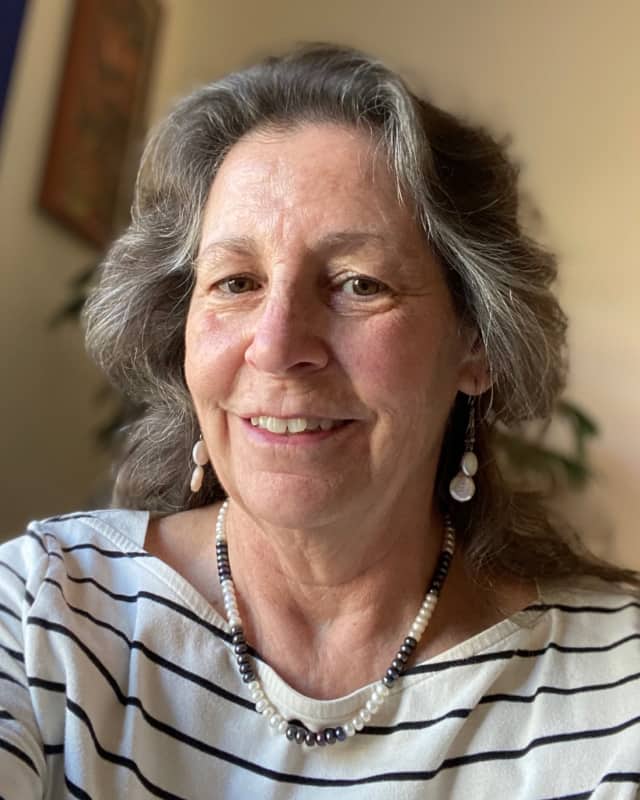(Originally appeared in Sense and Psychotherapy, Summer 2000)
A while back I heard an interesting story on the radio about one community’s efforts to promote its neighborhoods. I was surprised by the the opinion of one critic, who maintained that the entire concept of neighborhood was “obsolete”, but it was gratifying to hear his opinion contradicted by a wide variety of groups, all promoting the benefits of vibrant neighborhoods. Studies have shown that a sense of community is an important component of mental health. Far from being “obsolete”, neighborhoods often fill a critical role by creating a feeling of shared experience that supports us in times of stress, spurs us on in times of struggle, and welcomes us home even after a long absence.
For both good and ill, neighborhoods often feel like extended families. While residents of a neighborhood share some common experience of place and routine, all the various idiosyncrasies and quirks of our daily lives, our recreational habits, our housekeeping preferences, can raise issues amongst neighbors. Even the most homogeneous neighborhoods harbor a huge range of personalities and preferences. Sometimes, it feels as if we’ve all been thrown together simply to make life difficult for each other. Yet, as with families, the ability to cope with problems and respect all the various needs and desires is a large part of what makes a neighborhood work.
In our daily lives, we tend to get to know our neighbors through a repetition of small, mundane exchanges, and its that casual familiarity which breaks down barriers that separate us. Numerous studies show that proximity and frequency of contact are important in the development of relationships and, eventually, friendships. The physical nature of our surroundings plays a key role in the ease of these interactions and has a direct impact on the nature of the relationships which do develop. Places that create opportunities for casual greetings and conversation, or that bring people together in common daily tasks, are more likely to foster the kinds of relationships that create a vibrant neighborhood.
Even neighborhoods that hardly seem like warm, inviting places can show a surprising amount of solidarity. One of the most common stories following natural catastrophes is of neighborhoods coming together for mutual assistance and support. Fortunately though, we don’t need to experience disaster to appreciate our neighbors. Humans have long tended to cluster together in groups. Not only does this meet many of our emotional needs, but often some of our physical needs as well. Many areas form neighborhood watch groups that provide a sense of empowerment, as well as security. Even small favors like picking up a vacationing neighbor’s mail can make someone’s life a bit easier.
Neighborhoods, particularly the one(s) we grew up in, become part of our identity and help shape what we will become. Healthy neighborhoods do a better job of producing healthy, positive, community-oriented people, and they’re more enjoyable places to live. Getting involved in one’s neighborhood, even if it means nothing more than greeting your neighbors, helps create a healthy community, and that’s something that will never become “obsolete”.



